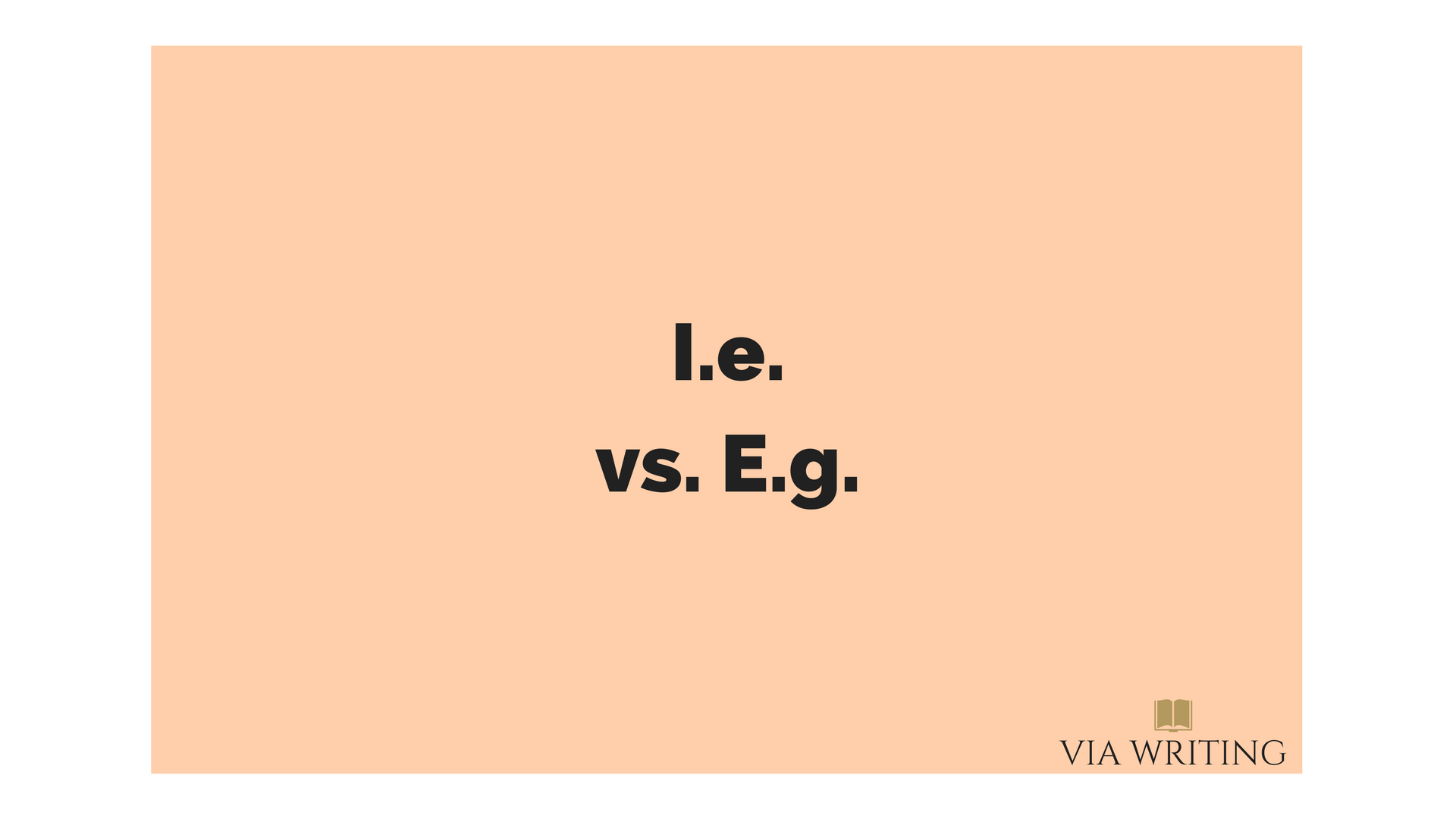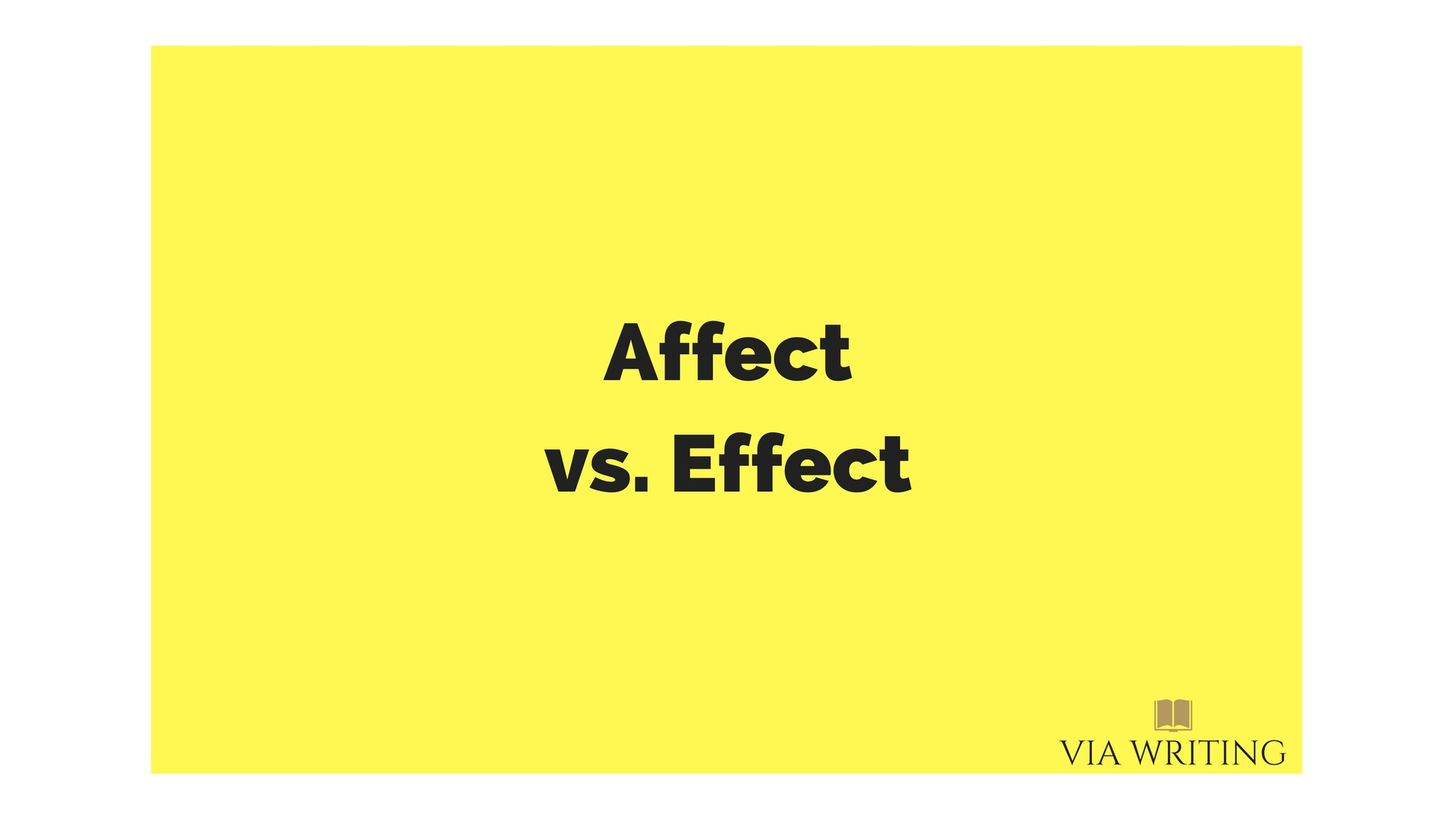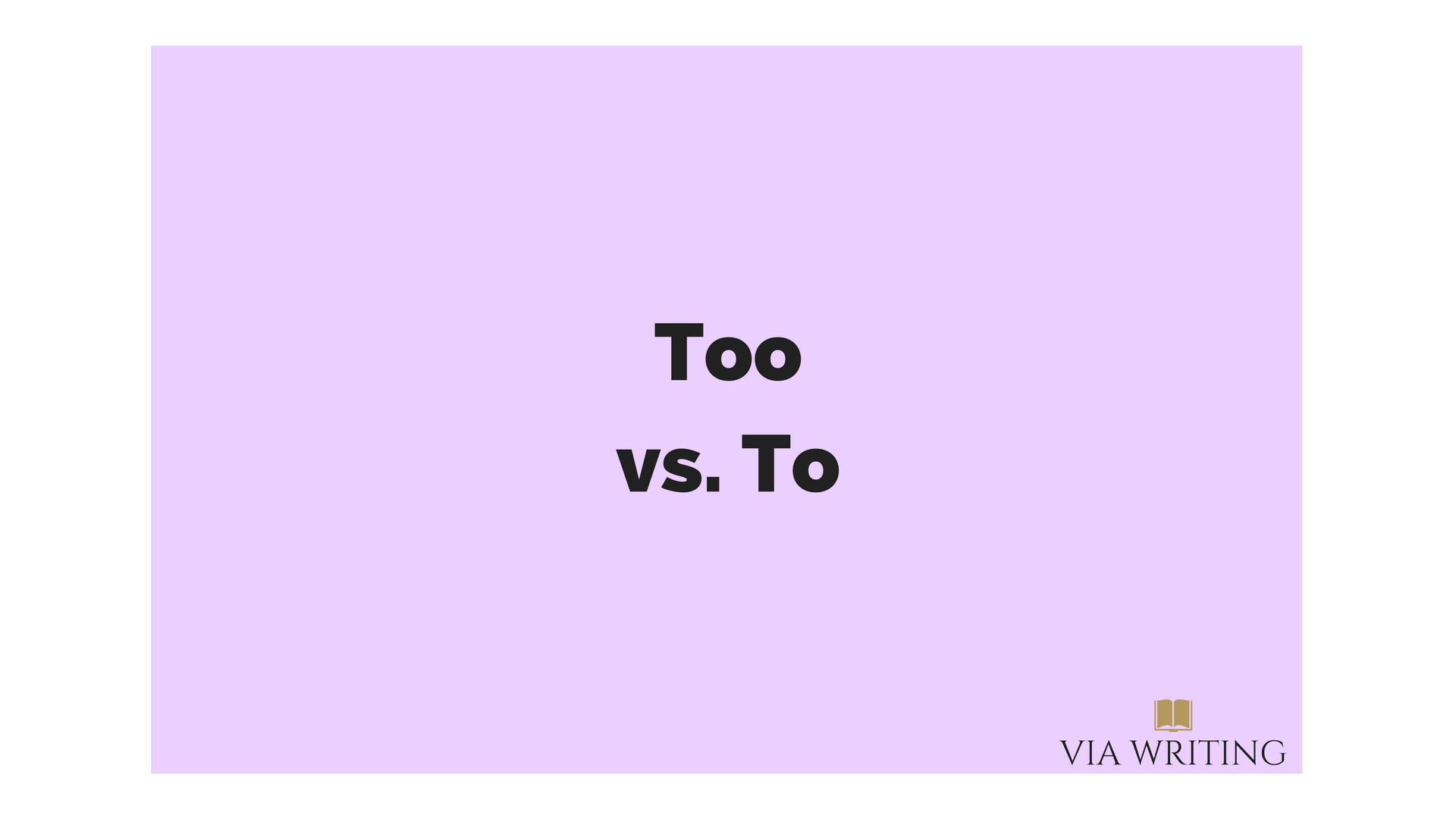I.e. and e.g. are very commonly used abbreviations in English writing, but many writers don’t actually know how they should be used. They don’t actually mean the same thing as many people suppose, so how you use them matters. There is a critical difference between the two that you should know.
Let’s first start with i.e. It’s an abbreviation of the Latin phrase ‘id est’, which means ‘that is to say’ or ‘in other words.’ If you want a trick to remember this one, think of the i and e as standing for ‘in essence.’
It’s used in sentences like so:
- ‘What stopped them from answering his questions? The Fifth Amendment privilege, i.e. the right not to tell the truth if it could be incriminating to do so.’
- ‘I love doing puzzles and watching TV in my spare time. I’m also a keen self supported cycler, i.e. traveling hundreds of miles on my bike with all my own supplies.’
Now, let’s look at e.g. This again is an abbreviation of a Latin phrase, this time ‘exempli gratia’. This translates to ‘for the sake of example.’ It’s used when you want to introduce one or more examples.
It’s used in sentences like so:
- ‘There’s many green initiatives in the city, e.g. the recycling scheme, walking buses for schools, and so on, and this is just another addition.’
- ‘If you want to take in some culture, visiting a European country, e.g. Spain or France, is the way to go.’




